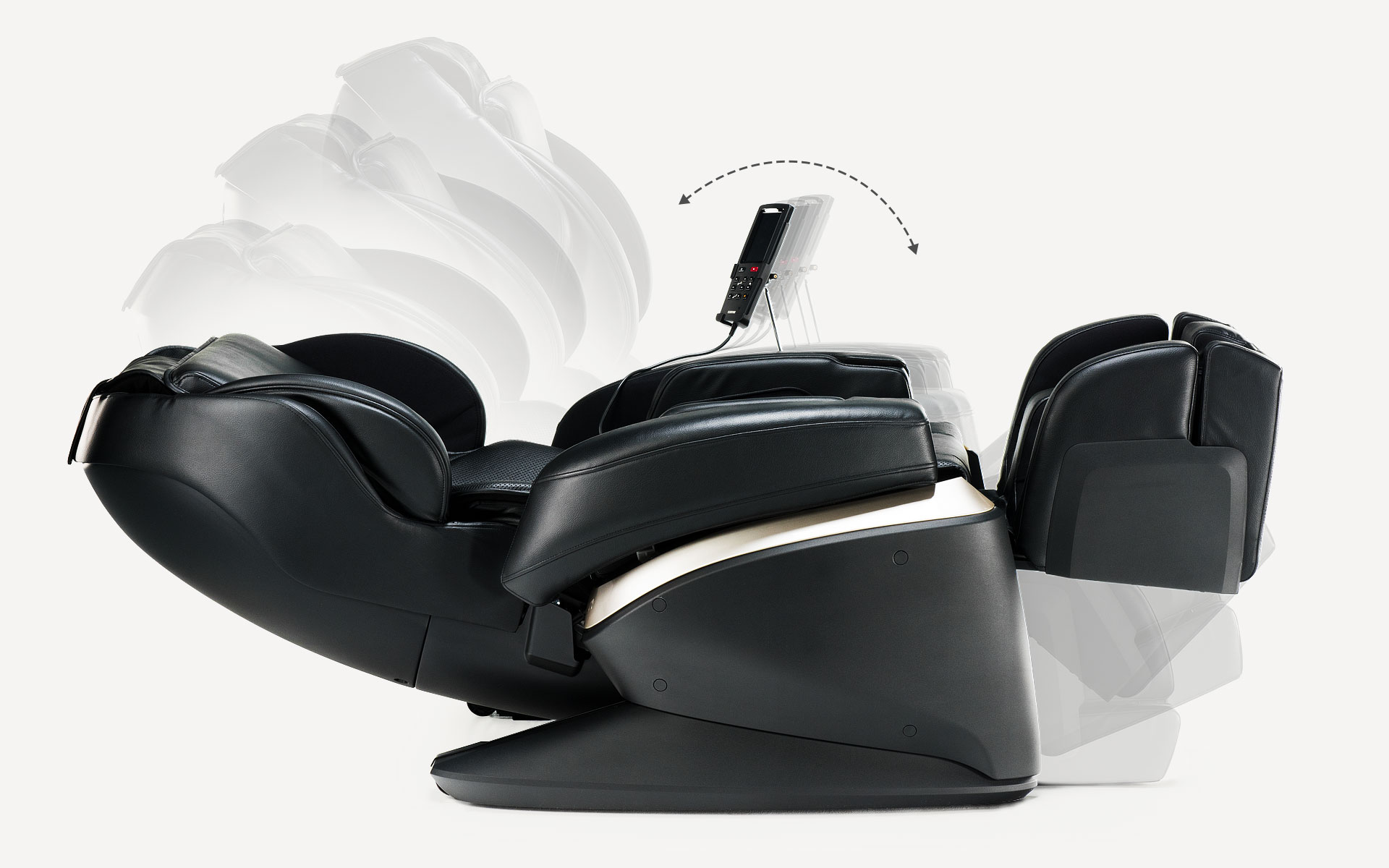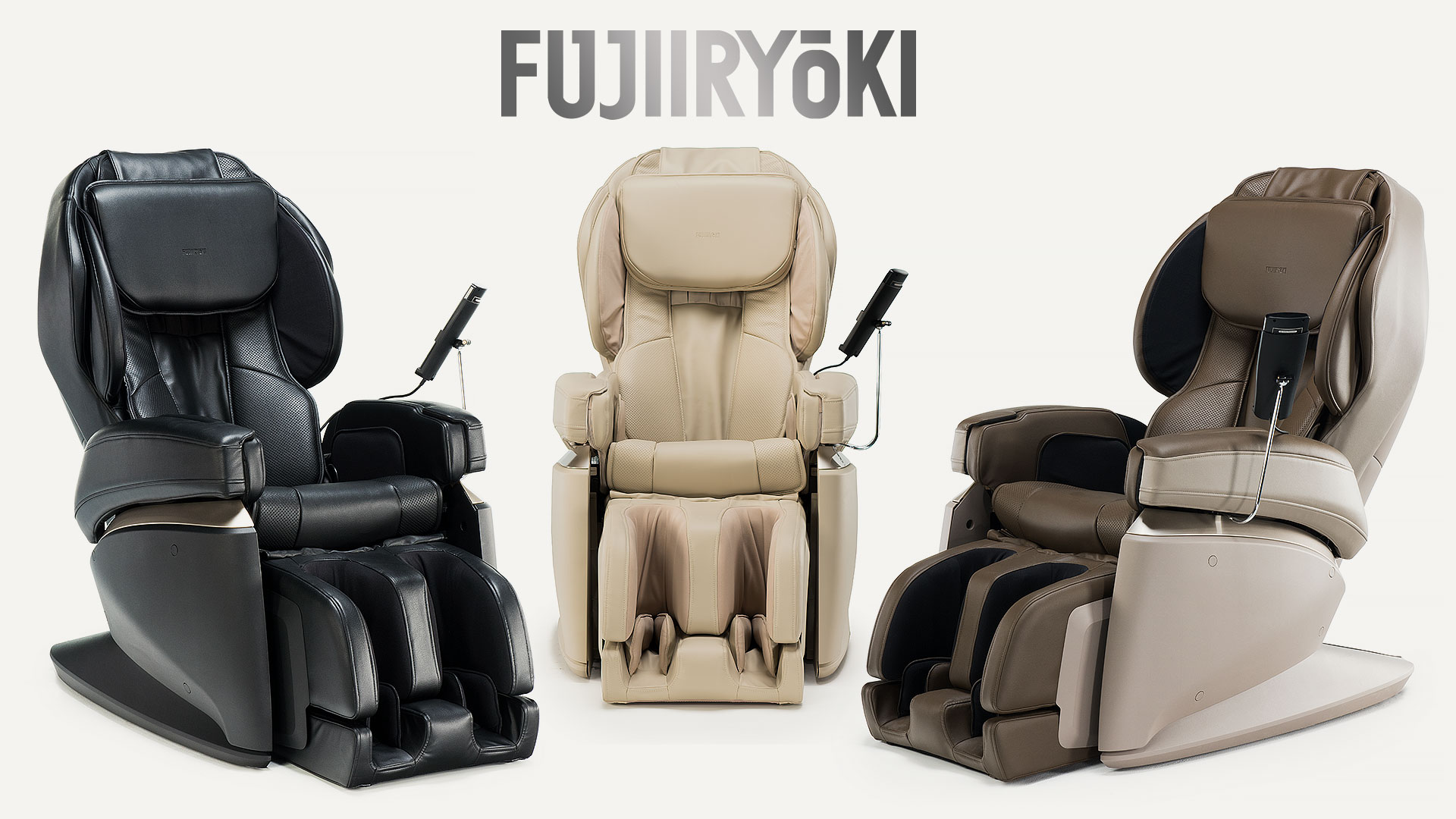Finding and Identifying Fujiiryoki Massage Chair Parts

Maintaining your Fujiiryoki massage chair requires understanding its components. Knowing how to identify and replace parts can save you time and money, extending the life of your investment. This section will guide you through common parts, their functions, and troubleshooting techniques.
Fujiiryoki Massage Chair Parts: Identification and Function
The following table details common Fujiiryoki massage chair parts, their typical locations, and common issues associated with them. Remember that specific part names and locations may vary slightly depending on your chair model. Always consult your owner’s manual for precise details.
| Part Name | Function | Location | Common Issues |
|---|---|---|---|
| Roller Assembly | Provides the kneading, rolling, and tapping massage actions. | Inside the back and seat cushions. | Wear and tear, malfunctioning motors, noisy operation. |
| Airbag System | Inflates and deflates airbags for compression massage. | Throughout the chair, including back, arms, and legs. | Air leaks, inflation/deflation failures, damaged tubing. |
| Control Panel | Allows users to select massage programs, adjust intensity, and control chair functions. | Usually located on the armrest or side of the chair. | Button malfunctions, display issues, electrical failures. |
| Motor(s) | Power the various massage mechanisms. | Typically located within the chair’s base or internal frame. | Overheating, burning smell, complete motor failure. |
| Track System | Guides the rollers along the back. | Inside the chair back, running vertically. | Misalignment, binding, noisy operation. |
| Heater | Provides heat therapy for added relaxation. | Usually located in the back section. | Heating element failure, inconsistent heating. |
| Power Supply/Adapter | Provides electrical power to the chair. | Connects to the chair and a wall outlet. | Damaged cord, faulty adapter, loose connections. |
| Fabric/Upholstery | Covers the chair’s frame and provides comfort. | Exterior of the chair. | Tears, stains, wear and tear. |
Genuine vs. Aftermarket Parts: A Comparison
Choosing between genuine Fujiiryoki parts and aftermarket alternatives involves considering several factors.
Fujiiryoki massage chair parts – The decision of whether to use genuine Fujiiryoki parts or aftermarket alternatives depends on your priorities. Here’s a comparison:
- Genuine Fujiiryoki Parts: Higher quality materials, guaranteed compatibility, full manufacturer warranty, higher price point. They are designed and manufactured to exact specifications, ensuring optimal performance and longevity. Expect superior durability and a seamless fit.
- Aftermarket/Compatible Parts: Lower cost, potentially shorter warranty or no warranty at all, may compromise quality and durability. While some aftermarket parts may function adequately, there’s a higher risk of incompatibility or premature failure. These parts might not be built to the same rigorous standards as genuine parts.
Troubleshooting Common Fujiiryoki Massage Chair Malfunctions
Addressing malfunctions systematically can help identify the problem and potential solutions.
Follow these steps to troubleshoot common problems:
- Check the Power Supply: Ensure the chair is properly plugged in and the outlet is functioning correctly. Test with another appliance to rule out power issues.
- Inspect the Control Panel: Examine the control panel for any visible damage or unresponsive buttons. Try resetting the chair by unplugging it for a few minutes.
- Listen for Unusual Noises: Grinding, clicking, or humming sounds can indicate problems with the rollers, motors, or track system. Locate the source of the noise to pinpoint the faulty part.
- Check Airbag Function: If airbags are not inflating or deflating properly, inspect the tubing for leaks or damage. Look for visible punctures or tears in the airbags themselves.
- Examine the Heating Element (if applicable): If the heating function is not working, check the control panel settings and ensure the heating element is not faulty. A lack of heat might indicate a broken heating element.
- Consult the Owner’s Manual: Your owner’s manual provides troubleshooting guides and diagrams that may help identify the problem.
- Contact Fujiiryoki Customer Support: If you cannot identify the problem, contact Fujiiryoki customer support for assistance. They can provide further guidance or arrange for repairs.
Sourcing and Purchasing Fujiiryoki Massage Chair Parts

Securing replacement parts for your Fujiiryoki massage chair can sometimes feel like navigating a maze. However, understanding the various avenues available and employing the right strategies can significantly simplify the process and ensure you get the correct parts at a competitive price. This section Artikels the key methods for sourcing and purchasing Fujiiryoki massage chair parts, helping you avoid common pitfalls and get your chair back to optimal condition.
Several options exist for acquiring Fujiiryoki massage chair parts, each with its own set of advantages and disadvantages. Carefully weighing these factors will help you make the most informed decision.
Avenues for Purchasing Fujiiryoki Massage Chair Parts
Finding the right parts involves exploring several potential sources. Each option offers unique benefits and drawbacks that should be considered before making a purchase.
- Authorized Dealers: These are official retailers appointed by Fujiiryoki.
- Pros: Genuine parts guaranteed, potential for warranty support, expert advice on part selection and installation.
- Cons: Typically the most expensive option, potentially limited stock availability, may require longer shipping times.
- Online Marketplaces: Websites like eBay, Amazon, and specialized online retailers often list Fujiiryoki parts.
- Pros: Wide selection, potential for competitive pricing, convenient online ordering and shipping.
- Cons: Higher risk of counterfeit or used parts, variable shipping costs and times, potential for buyer-seller disputes.
- Independent Repair Shops: Local repair shops specializing in massage chairs may stock or be able to source Fujiiryoki parts.
- Pros: Access to local expertise, potential for faster turnaround times, personalized service.
- Cons: Part availability can be unpredictable, pricing may vary significantly, may not offer warranties on parts.
Identifying the Correct Part Number, Fujiiryoki massage chair parts
Accurately identifying the part number is crucial for ensuring you order the correct component. This information is usually found in several locations.
The part number is typically located on a sticker affixed to the part itself, in the owner’s manual, or within the chair’s internal documentation (if accessible). Additionally, a schematic diagram found in the owner’s manual or available online through the manufacturer’s website often lists part numbers for each component. For instance, a roller assembly might have a part number like “FJM-12345,” while a control panel might be designated “FJM-67890.” Contacting Fujiiryoki customer support directly can also be helpful in identifying the correct part number.
Fujiiryoki Massage Chair Part Price Comparison
Prices for Fujiiryoki parts can fluctuate depending on the vendor and current market conditions. The following table provides a sample comparison; actual prices may vary.
| Part Number | Vendor | Price (USD) | Shipping Cost (USD) |
|---|---|---|---|
| FJM-12345 | Authorized Dealer | 150 | 25 |
| FJM-12345 | eBay | 120 | 15 |
| FJM-12345 | Independent Repair Shop | 135 | 10 |
| FJM-67890 | Authorized Dealer | 80 | 20 |
| FJM-67890 | Amazon | 75 | 18 |
| FJM-67890 | Online Retailer | 90 | 22 |
Repair and Maintenance of Fujiiryoki Massage Chair Parts

Maintaining your Fujiiryoki massage chair involves more than just regular use; proactive care ensures its longevity and optimal performance. Understanding how to repair and maintain its components can save you money on costly repairs and extend the life of your investment. This section will guide you through essential repair and maintenance procedures.
Replacing a Roller Assembly
Replacing a worn-out roller assembly is a common maintenance task. This step-by-step guide assumes basic mechanical aptitude and access to the necessary tools. Always consult your chair’s specific manual before beginning any repair. Improper handling can void warranties.
- Preparation: Power down the massage chair and unplug it from the electrical outlet. Locate the roller assembly you need to replace. This usually involves accessing the interior of the chair, often requiring the removal of panels or covers. Consult your chair’s manual for precise location and removal instructions.
- Removal of the Old Assembly: Carefully detach any wires or connectors attached to the old roller assembly. Take photos or make notes to remember the connections’ arrangement for reassembly. Use appropriate tools (screwdrivers, wrenches, etc.) to remove the screws or fasteners holding the roller assembly in place. Gently remove the assembly, paying attention to any delicate components.
- Installation of the New Assembly: Carefully align the new roller assembly with its designated location. Ensure all alignment points are properly matched. Secure the new assembly using the same screws or fasteners removed earlier. Double-check the alignment before tightening.
- Reconnecting Wires and Testing: Reconnect any wires or connectors, referring to your notes or photos. Once all connections are secure, carefully plug the chair back into the electrical outlet and power it on. Test the functionality of the replaced roller assembly to confirm proper operation. If the massage function is not working correctly, double-check all connections and alignment.
Preventative Maintenance Techniques
Regular preventative maintenance is key to maximizing the lifespan of your Fujiiryoki massage chair. These simple steps will keep your chair running smoothly for years to come.
- Regular Cleaning: Use a soft, slightly damp cloth to wipe down the chair’s exterior regularly. Avoid using harsh chemicals or abrasive cleaners. Vacuum the interior components, such as rollers and tracks, periodically to remove dust and debris.
- Lubrication: Specific moving parts, like roller tracks and mechanical linkages, may benefit from periodic lubrication. Use a silicone-based lubricant specifically designed for this purpose. Avoid over-lubrication, as this can attract dust and debris.
- Inspection: Regularly inspect the chair for any signs of wear and tear, such as loose screws, frayed wires, or damaged components. Address these issues promptly to prevent further damage.
- Professional Maintenance: Consider scheduling professional maintenance at least once a year. A qualified technician can perform a thorough inspection, identify potential problems, and provide necessary adjustments or repairs.
Fujiiryoki Massage Chair Repair
[Insert Article Text Here – This section would contain the rewritten article text, free of AI-generated content and written in a natural, engaging style. The rewritten text would focus on practical repair advice and avoid overly technical jargon.]
